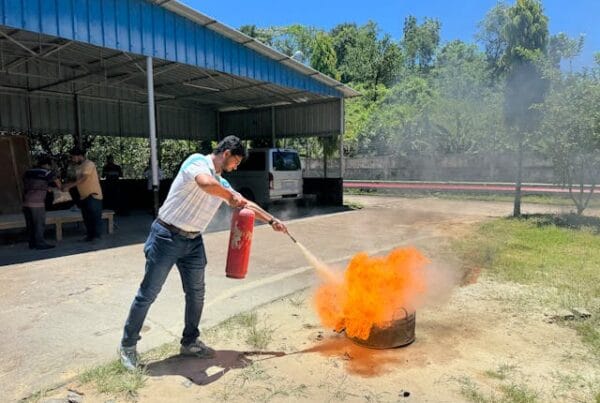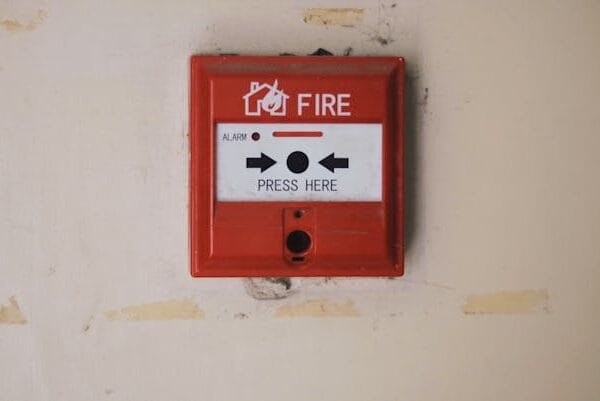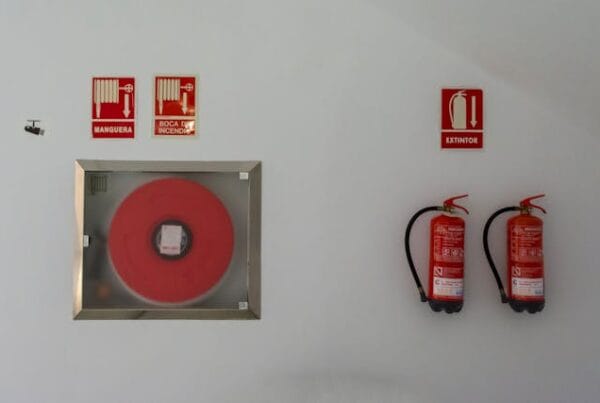When it comes to protecting a commercial kitchen from the ever-present threat of fire, a robust hood suppression system is essential. For decades, restaurant owners have relied on these automated systems to quench fires before they can escalate. However, the technology behind these systems has evolved significantly. The primary choice today comes down to two main types of extinguishing agents: wet chemical and dry chemical. While both are designed to put out fires, their methods, applications, and effectiveness differ greatly, especially in a modern kitchen environment. Understanding the difference between a wet chemical suppression system and a dry chemical one is crucial for making an informed, compliant, and safe decision for your business.
H2: The Evolution from Dry Chemical to a Wet Chemical Suppression System
The wet chemical suppression system is the modern standard for commercial kitchens, but it’s important to understand what it replaced. For many years, dry chemical systems, typically using sodium bicarbonate or monoammonium phosphate, were the norm. These systems worked by smothering a fire, separating the fuel from oxygen. However, as cooking methods changed and high-efficiency deep fryers that cook at higher temperatures became common, a problem emerged. The intense heat of modern cooking oils and greases could cause reignition after the initial flames were knocked down by the dry powder. The fire would simply flare back up once the powder settled. This critical flaw led the NFPA to update its standards, paving the way for the development and adoption of wet chemical agents.
H2: How a Wet Chemical Suppression System Effectively Combats Grease Fires
A modern wet chemical suppression system is specifically designed to combat the unique challenges of Class K fires. These systems utilize an agent composed of potassium salts (like potassium carbonate or potassium acetate) mixed with water. When this agent is discharged, it works in two powerful ways. First, upon contact with the burning cooking oils or fats, it undergoes a process called saponification. This chemical reaction creates a thick, soapy foam blanket over the surface of the burning material. This blanket effectively smothers the fire and cuts off the oxygen supply. Second, the water content in the agent provides a significant cooling effect, lowering the temperature of the hot grease and cooking surfaces below their auto-ignition point. This dual action of smothering and cooling is what makes wet chemical systems so effective at preventing dangerous fire re-flashes.
H2: Why Dry Chemical Systems are No Longer Compliant for Kitchens
If your commercial kitchen is still equipped with a dry chemical system, it is considered obsolete and non-compliant with current fire codes, including NFPA 17A and NFPA 96. Fire marshals will not pass an inspection on a kitchen protected by a dry chemical agent due to the high risk of reignition. The only approved agent for protecting modern cooking appliances is a wet chemical one. While dry chemical systems are still highly effective and widely used for Class A, B, and C fires (involving wood, flammable liquids, and electrical equipment, respectively), they are no longer suitable for the specific hazards of a Class K fire. For reputable manufacturers and information on modern systems, exploring resources from companies like Ansul can be highly beneficial.
H2: The Cleanup Process: Another Advantage of Wet Chemical Systems
Beyond fire-fighting effectiveness, the aftermath and cleanup process is another area where a wet chemical suppression system holds a distinct advantage. While not pleasant, cleaning up after a wet chemical discharge is relatively straightforward. The soapy foam can be wiped away from surfaces, and the area can be cleaned and sanitized. In contrast, a dry chemical discharge is notoriously difficult to clean. The fine powder gets into every crack and crevice, can be corrosive to sensitive electronic controls on modern kitchen equipment, and can contaminate food stock throughout the kitchen, leading to massive inventory loss. The cleanup for a dry chemical discharge is far more intensive, time-consuming, and costly, resulting in longer business downtime.
Conclusion
The debate between wet and dry chemical systems for commercial kitchens is effectively settled. The superior, dual-action performance of a wet chemical suppression system in extinguishing and cooling grease fires makes it the only safe and compliant choice for modern food service operations. Its ability to prevent re-ignition and its more manageable cleanup process solidify its position as the industry standard. If you are setting up a new kitchen or have an outdated dry chemical system, upgrading to a wet chemical system is not just an option—it is a mandatory step in ensuring the highest level of fire protection for your establishment.




